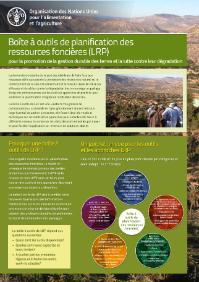Données d’observations de la terre et outils cartographiques libres à la caractérisation de la dynamique foncière face à l’accaparement des terres à grande échelle au sud-ouest Cameroun.
Situé en plein cœur de la forêt équatoriale dans le bassin du Congo, la région du Sud-ouest est sans doute l’une des plus riches du Cameroun. Elle comporte une biodiversité des plus diversifiées avec une importance significative des espèces endogènes ainsi que des espèces commerciales. Les conditions pédologiques, hydrographiques et orographiques sont favorables à l’agriculture, ce qui a amené les allemands dès leurs arrivées au Cameroun à s’y implanter.




